Kissing activates dopamine, oxytocin & endorphins. Learn the science-backed benefits: stress reduction, bonding, mood enhancement & potential health effects.



Tohoku University and Fujitsu Limited have successfully used AI to derive new insights into the superconductivity mechanism of a new superconducting material.
Their findings demonstrate an important use case for AI technology in new materials development and suggest that the technology has the potential to accelerate research and development. This could drive innovation in various industries such as the environment and energy, drug discovery and health care, and electronic devices.
The AI technology was used to automatically clarify causal relationships from measurement data obtained at NanoTerasu Synchrotron Light Source. This achievement was published in Scientific Reports.

Yay:3 death can be reversed at a cellular level and then regenerate it back to health.
Therefore, in this issue of The EMBO Journal, Dhar et al sought to improve our understanding of the key molecular mechanisms that regulate the reversal of cell death and apply this knowledge to tissue repair (Dhar et al, 2025). In their study, the authors used a sublethal dose of the lysosomotropic agent L-Leucyl-L-leucine methyl ester (LLOMe) to induce apoptotic cell death (Johansson et al, 2010) in mouse embryonic fibroblasts (MEFs) and characterize the cell revival process. At the initial stage following LLOMe treatment, cells detach from the growth surface and display an apoptotic phenotype, suggesting they are undergoing cell death. However, at later stages, most of the floating cells reattach and regain their typical morphology, with a reduction in the activation of cell death molecules (Fig. 1A). These results indicate that cells can recover from the brink of cell death in response to LLOMe. This phenomenon occurs in multiple non-immune cell types, including primary MEFs and cardiac fibroblasts, as well as several cell lines from hamsters, mice, and humans (Dhar et al, 2025).
At the organellar level, shortly after treatment with LLOMe, microtubules, mitochondria, Golgi, and the endoplasmic reticulum are fragmented; however, these structures progressively recover within 2–3 h and return to near-normal morphology by 16 h post-treatment. Additionally, reviving cells display dramatic changes in endosomes, autophagosomes, and lysosomes, including the formation of abnormally large EEA1-positive early endosomes, LC3-positive autophagosomes, and Rab7/lysotracker-positive acidic vacuoles resembling multivesicular bodies. These large acidic compartments are enzymatically active and frequently surrounded by mitochondrial networks during revival, suggesting a role for metabolic support in driving the recovery.
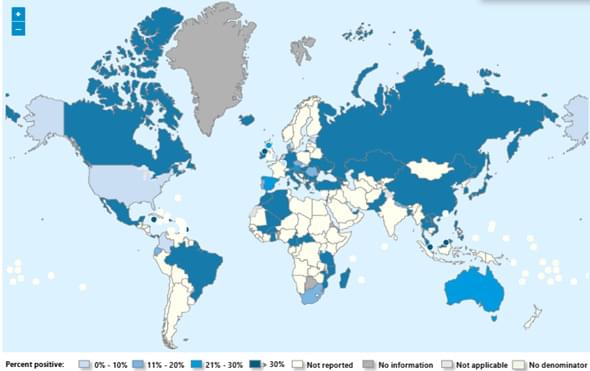
Seasonal influenza activity has increased globally in recent months, and influenza A(H3N2) viruses are predominant. This rise coincides with the onset of winter in the northern hemisphere. Epidemics and outbreaks of seasonal influenza and other circulating respiratory viruses can place significant pressure on healthcare systems. Although global activity remains within expected seasonal ranges, early increases and higher activity than typical at this time of year have been observed in some regions. Seasonal influenza could place significant pressure on healthcare systems even in non-temperate countries. Genetically drifted influenza A(H3N2) viruses, known as subclade K viruses, have been detected in many countries. While data on how well the vaccine works against clinical disease this season are still limited, vaccination is still expected to protect against severe illness and remains one of the most effective public health measures.
Surveillance
Due to the constantly evolving nature of influenza viruses, WHO continues to stress the importance of year-round global surveillance to detect and monitor virological, epidemiological and clinical changes associated with emerging or circulating influenza viruses that may affect human health and timely virus sharing for risk assessment. Countries are encouraged to remain vigilant to the threat of influenza viruses and review any unusual epidemiological patterns.
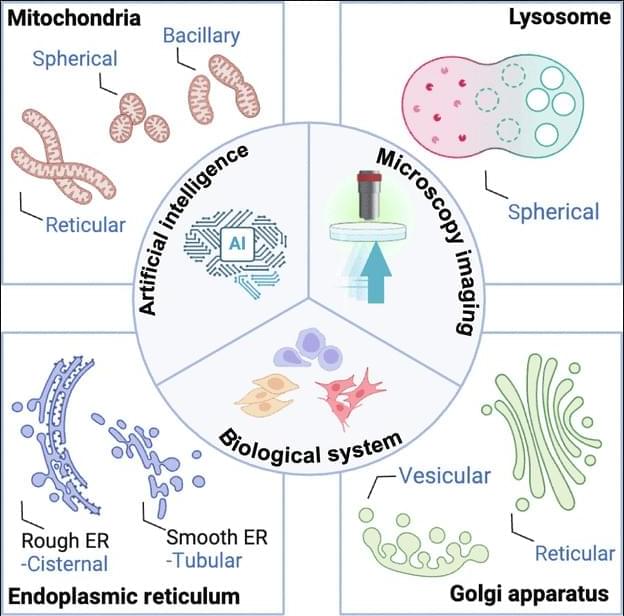
JUST PUBLISHED: artificial intelligence for organelle segmentation in live-cell imaging
Click here to read the latest free, Open Access article from Research, a Science Partner Journal.
Investigations into organelles illuminate the intricate interplay of cellular systems, uncovering how specialized structures orchestrate homeostasis, regulate metabolic pathways, and modulate signal transduction. The structural and functional integrity of organelles, including mitochondria, ER, GA, and lysosomes, is critical for cellular health. Deviations in organelle shape and behavior are frequently associated with disease development [51]. Consequently, precise characterization of organelles is crucial for advancing our understanding of cell biology and mechanisms.
Organelle image segmentation is important for extracting precise spatial and structural information, forming the foundation for subsequent quantitative analyses. Unlike whole-cell or nuclear, organelle segmentation is inherently more challenging due to the smaller size, irregular shapes, and intricate distributions of these structures. Additionally, many organelles exhibit dynamic behaviors such as fusion, fission, and trafficking, requiring accurate segmentation across both temporal and spatial dimensions. Advances in segmentation technologies have notably improved the ability to identify and characterize organelles with high-precision accuracy, opening new avenues for understanding cellular functions in health and disease.

The rapid accumulation of plastic waste is currently posing significant risks for both human health and the environment on Earth. A possible solution to this problem would be to recycle plastic waste, breaking it into smaller molecules that can be used to produce valuable chemicals.
Researchers at Nanjing Forestry University and Tsinghua University recently introduced a new approach to convert polystyrene (PS), a plastic widely used to pack some foods and other products, into toluene, a hydrocarbon that is of value in industrial and manufacturing settings. Their proposed strategy, outlined in a paper published in Nature Nanotechnology, entails heating polystyrene waste in hydrogen and breaking it down into smaller vapor molecules, a process known as hydro-pyrolysis.
Life-cycle and techno-economic analyses performed by the team showed that the newly introduced process could reduce the carbon footprint of toluene production by 53%, producing toluene at an estimated cost of $0.61/kg, which is below the current industry benchmark.
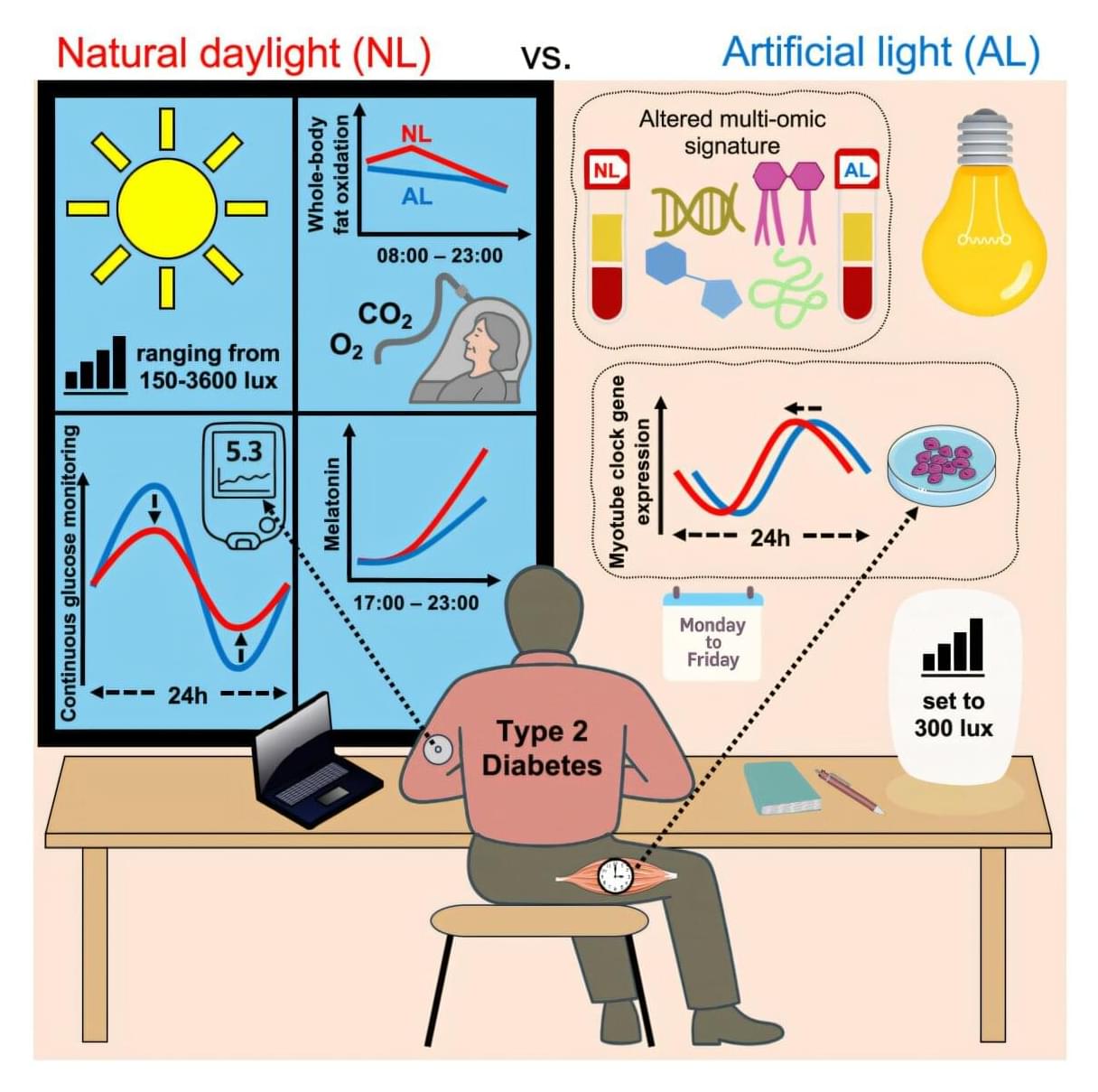
People with type 2 diabetes may be able to improve their blood sugar by doing something as simple as sitting by a window for a few hours each day. In a study published in Cell Metabolism, scientists showed that natural daylight helps maintain healthy glucose levels.
Daylight is known to be a mood enhancer and also beneficial for our health. However, according to the research team, most people living in Western societies typically stay indoors around 80% to 90% of the time under artificial light, which is not as bright or dynamic as sunlight. This is important because the human body operates on circadian rhythms, internal 24-hour clocks that orchestrate a range of biological processes, such as digestion and temperature regulation. These are synchronized by light, and a lack of natural light is a risk factor for type 2 diabetes.
Previous studies have shown that artificial light at night disrupts these rhythms and that daylight outdoors can improve the body’s response to insulin, which helps control blood sugar levels. But no prior research examined how natural light entering a window affects people with diabetes.
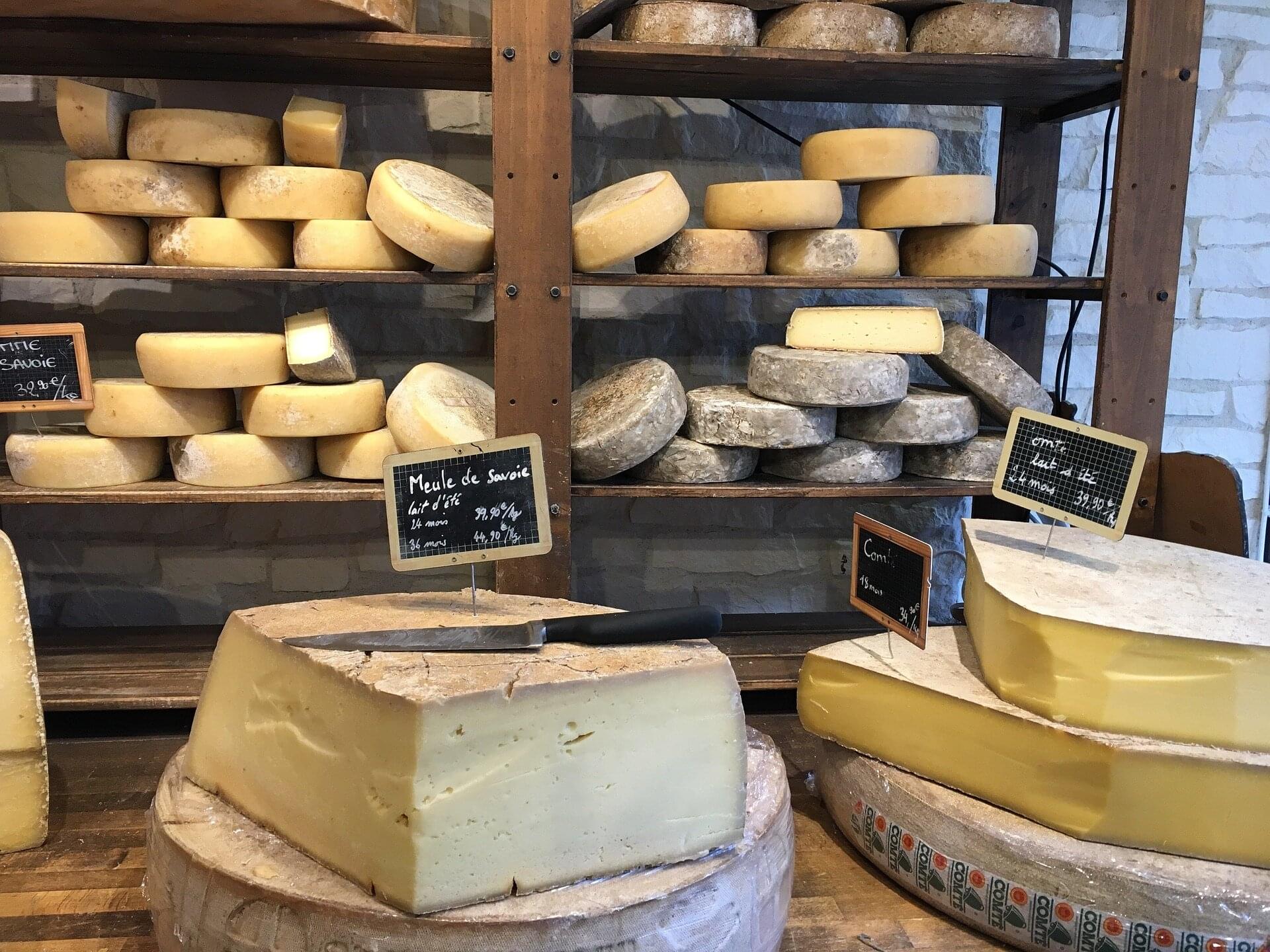
Eating more high-fat cheese and high-fat cream may be linked to a lower risk of developing dementia, according to a new study published in Neurology. This study does not prove that eating high-fat cheese and high-fat cream lowers the risk of dementia, it only shows an association.
High-fat cheeses contain more than 20% fat and include varieties such as cheddar, Brie and Gouda. High-fat creams typically contain 30–40% fat and include whipping cream, double cream and clotted cream. These are commonly labeled as “full-fat” or “regular” versions in stores.
“For decades, the debate over high-fat versus low-fat diets has shaped health advice, sometimes even categorizing cheese as an unhealthy food to limit,” said Emily Sonestedt, Ph.D., of Lund University, Sweden.
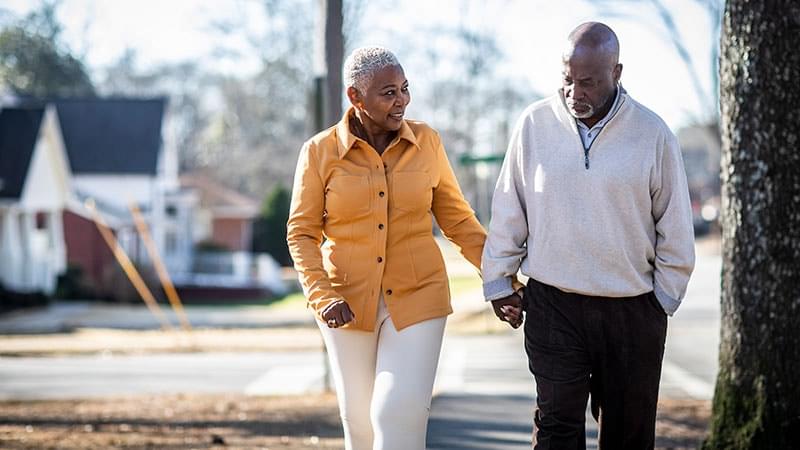
Adults with chronic heart failure with reduced ejection fraction (HFrEF) who wore a lightweight exosuit during exercise showed significant improvements in the 6-minute walk distance and daily step counts, which were not statistically significant in those who received nonassisted conventional exercise training.
Robot-assisted training with a lightweight exosuit may help patients with advanced heart failure walk more and help them stay engaged in rehabilitation, a study finds.

Humans have it. So does Drosophila. But not yeast. That “it” is a small pause at the start of gene activity—a brief molecular halt that may have helped life evolve from simple cells to complex animals.
A new study by Charles Danko, associate professor in life science and technology at Cornell’s Baker Institute for Animal Health and in the Department of Biomedical Sciences in the College of Veterinary Medicine, and colleagues explores how this key step in gene regulation—promoter-proximal pausing—evolved across species.
Promoter-proximal pausing occurs just after a cell’s molecular “copy machine”– RNA polymerase II—is activated. The polymerase temporarily stops, usually after about 20 to 60 nucleotides or “letters” of the gene, waiting for further signals.